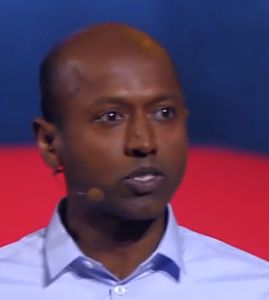(This is a follow up to an earlier post, http://www.geekinthecountry.com/?p=1267)
When Jared Mauch, who lives in rural Michigan, was told that the national internet service provider (ISP) in his county wanted to charge him $50,000 to connect to their broadband system, he decided to go a different route and build his own ISP. He did. Apparently, it wasn’t that hard or expensive to do.
Then his neighbors wanted to get connected. Sure, no problem. He eventually pushed broadband to 70 households in the area. He charges $55 for 100Mbps and $79 for 1Gbps speeds. (Are you getting those speeds for those prices? I’m certainly not.)
Now, by winning a competitive bid, he’s receiving $71 million to expand his service to 600 households through a Covid recovery grant. His little private company is becoming a vital local service. The kicker is that he did all this in his spare time. He has a full-time day job as a network architect.
I remember reading the Consumer Reports assessment of ISPs a couple of years ago. It gave them, on average, a rating of “D” almost across the board. Not one company scored an “A” and only one was at a “B”. It was a municipal broadband company out of Tennessee. A local ISP beat all of the major companies in terms of uptime, connectivity, and customer service. Again, it’s not that difficult. We’ve had this technology for 40 years. It’s not even close to rocket science.
Here’s my question: why are we paying such high prices for substandard service from companies who will not invest in the infrastructure needed to reach our houses and farms and who have notoriously terrible customer service? Why is every major, national ISP consistently this terrible to us?
We deserve better. Rural America deserves better.

